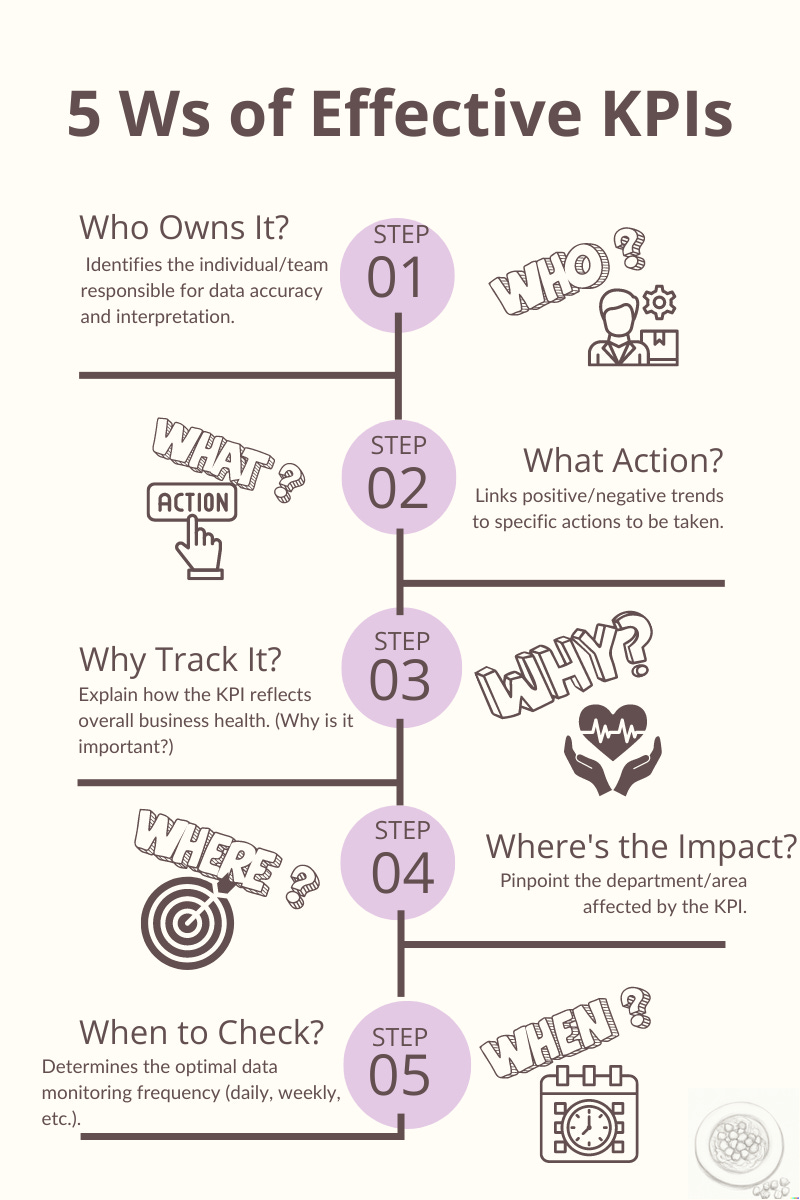At Hummus Said in Acre, Israel, I always order hummus with Foul, don’t think much about it, just add a bit of salt and digg in with the onion.
\ At Hummus Said, a legendary restaurant in Akko, Israel, I savor their signature dish: creamy hummus with a side of Foul. The taste is always perfect, but on one visit, I brought a giant container, joking, "Can bulk hummus match this experience?" Said, the owner and hummus maestro, chuckled, "The flavor might be the same, but the experience suffers.”
\
Just as the bulk hummus misses the essence of Hummus Said, many leaders get lost in the sheer volume of data. They dream of overflowing databases, perfect metrics for drag-and-drop dashboards, and magically solved problems. \n - Lior Barak
\ Forget the data dreamland, leaders! You envision overflowing databases, perfect metrics for drag-and-drop dashboards, and magically solved problems. Think again. Simple KPIs like sessions and revenue are just appetizers, not the full course to success.
\ The harsh reality? Most companies choke on their data because they focus on the wrong ingredients. Data strategy isn't a gourmet buffet; it's a clear, actionable recipe. Time to ditch the data daydream and start cooking!
Set Clear KPIs!
Many leaders envision a data strategy as a readily available buffet - a vast collection of metrics that can be easily assembled into insights. This approach, however, overlooks a critical first step: defining clear and actionable Key Performance Indicators (KPIs).
\ Just as a chef wouldn't haphazardly throw ingredients together and expect a culinary masterpiece, a data strategy requires a well-defined recipe. Your recipe, in this case, consists of the 3-5 key performance indicators (KPIs) that truly capture the essence of your company's success. These KPIs serve as the foundation for your data strategy, guiding all stakeholders towards the metrics that matter most.
\ Think of KPIs as the flavor profile of your data. In my book, "Data is Like a Plate of Hummus" I promote a funnel methodology for defining KPIs:
\ Identify key questions: What are the most critical questions you need answered about your business? For example:
- What are the revenues from ad-free subscriptions?
- How many users bought more than one item in the same basket?
\ Refine your questions: Focus on the most essential ones. Understand which questions are critical for your company goals and strategy, and which answers will help you evaluate the company's health.
\ Define KPIs: Which metrics can effectively provide answers to those refined questions? Understand the KPIs that will give you these answers following the five W's principles:
- Who is the controller of the KPI? Who owns the data that will be used for the KPI, and who is responsible for ensuring its accuracy and stability?
- What action will it drive me to take? If I see a positive or negative change in the KPI.
- How well will it give me answers for the company’s health? What else am I missing?
- Where is the issue? Can I receive an answer about which company section the issue is?
- When do I need to see it? How frequently are these measurements needed? (For example, a weekly "time-on-site" KPI might be sufficient to gauge the effectiveness of UX changes, not requiring daily monitoring.)
\
Building Scalable and Iterative Infrastructure
Now that you know what flavors you need, let's talk kitchen setup. Think fast, efficient deployment. Forget a one-size-fits-all approach. Start with a basic setup that can be easily enhanced. Treat it like a recipe collection, evolving with each new dish. Each iteration focuses on either enhancing the kitchen tools or optimizing costs.
\ As a chef, you care if your kitchen equipment is top-of-the-line or basic, but you will know how to work with both. What matters is delivering a delicious, well-presented dish. Your team needs to think about how to maximize the buy/build approach for the first iteration because they will learn all the time about what enhances the flavors and what doesn't, and where the issues lie.
\ The main purpose of picking kitchen tools should be to enhance the Secret Ingredients you selected and allow for further experimentation by the chefs. It needs to be something that will be easy to switch or optimize. But for me, the more important part of the setup is to launch something I can taste-test with the diners and learn how it complements the dish, whether they notice enhancements or not. So, don’t deploy and forget until it breaks. The data chefs need to go around and collect feedback, understand the flavor profiles of diners, and prioritize them in the recipe book.
\ Building trust is essential. Inconsistent flavors in a dish quickly erode a diner's trust in the chef. Similarly, unreliable or inconsistent data undermine the credibility of your data-driven insights. Establish clear data governance guidelines – outlining data availability timelines, ownership, and issue resolution protocols – to ensure data quality and consistency. Imagine the wasted effort required to validate data if its reliability is questionable constantly!
Embrace the Journey, Share the Feast
Data strategy is about crafting flavorful dishes for a successful restaurant. By focusing on clear recipes (KPIs), strong governance, and a scalable kitchen setup (infrastructure), you can create your culinary oasis – one that delights your diners (customers) and fuels your restaurant's (company's) growth.
\ Ready to take a bite out of your data woes? Read my book, "Data is Like a Plate of Hummus”
\ Dive deeper into the five Ws of effective KPIs, explore data governance best practices, and guide you through building a scalable data infrastructure. Learn how to transform your data into a strategic advantage and unlock the full flavor of your company's success!
 Psst! Do you accept cookies?
Psst! Do you accept cookies?


What's your thoughts?
Please Register or Login to your account to be able to submit your comment.